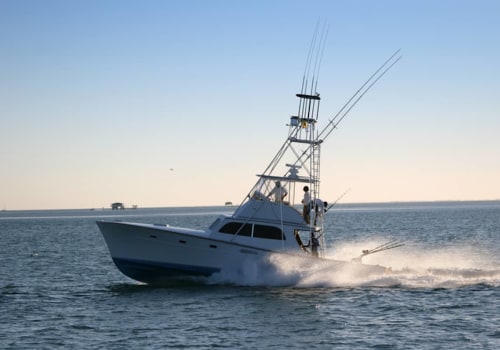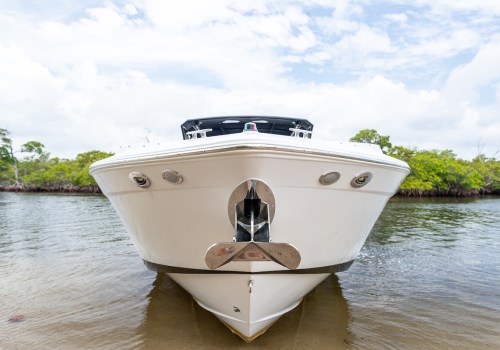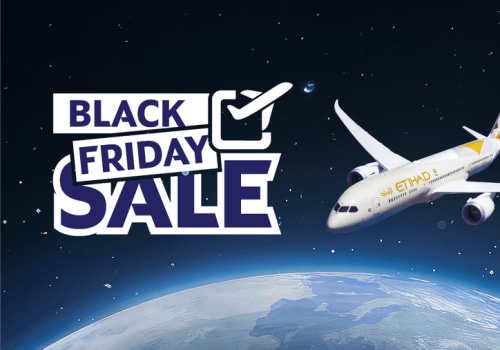Are you considering shipping your yacht internationally? One of the most important aspects to consider is the costs and timelines involved in the process. In this article, we will dive deep into understanding the various factors that contribute to the overall costs and timelines of yacht shipping. Whether you are a yacht owner looking to transport your vessel or a curious reader interested in learning more about international shipping, this article is for you. Yacht shipping is a complex process that requires careful planning and coordination.
From determining the best route to choosing the right shipping company, there are many factors that can impact the costs and timelines of your shipment. By the end of this article, you will have a better understanding of what goes into shipping a yacht internationally and how to navigate through the various options available. So if you're ready to learn more about yacht shipping costs and timelines, let's dive in!Welcome to our article on understanding the costs and timelines of yacht shipping. Whether you're a yacht owner or a shipping company, this article will provide valuable information on the various factors that impact the cost and timeline of shipping a yacht internationally. First, let's discuss the different options available for yacht shipping.
The most common methods are container shipping, roll-on/roll-off (RoRo) shipping, and flat rack shipping. Each of these options has its own costs and timelines that you should consider when planning your yacht shipment. The cost and timeline of yacht shipping can vary greatly depending on several factors. Distance is one of the main factors that affects the cost and timeline. For example, shipping a 50-foot yacht from Florida to the Bahamas will have a different cost and timeline than shipping a 100-foot yacht from California to Greece. The destination is also an important factor to consider.
Some destinations may have limited shipping options, which could result in longer timelines and higher costs. Additionally, certain regions may have strict regulations or customs procedures that could delay the shipment. The size of the yacht is another key factor that impacts the cost and timeline of shipping. Larger yachts will require more space and resources, which can result in higher costs and longer timelines. It's important to accurately measure and provide the dimensions of your yacht when obtaining quotes for shipping. Aside from distance, destination, and size, there may be other services required that can affect the overall cost and timeline.
For example, if your yacht requires special handling or additional equipment for loading and unloading, this may add to the expenses. It's important to communicate any specific requirements with your shipping company to ensure a smooth and timely delivery. Insurance is another crucial consideration when it comes to yacht shipping. It's important to have proper insurance coverage to protect your valuable asset during transit. The cost of insurance will depend on the value of your yacht and the level of coverage you choose.
It's always a good idea to discuss insurance options with your shipping company. Customs clearance is also an important aspect to consider when shipping a yacht internationally. Each country has its own regulations and procedures for importing yachts, which can affect the timeline and potentially add to the costs. It's important to work with an experienced shipping company that is familiar with the customs requirements of the destination country. Now, let's take a closer look at some examples to better understand the costs and timelines of yacht shipping. As mentioned earlier, shipping a 50-foot yacht from Florida to the Bahamas will have a different cost and timeline than shipping a 100-foot yacht from California to Greece.
The distance and destination are factors that significantly impact the overall cost and timeline. Another common misconception about yacht shipping costs is that container shipping is always the cheapest option. While containers may be a cost-effective choice for smaller yachts, larger yachts may require specialized equipment or methods, such as RoRo or flat rack shipping, which could end up being more expensive. It's important to consider all options and discuss them with your shipping company before making a decision. Lastly, let's talk about ways to reduce costs and expedite the shipping process. One way is to book your shipment well in advance.
This allows your shipping company to plan and arrange for the most cost-effective route and method. Additionally, consolidating your shipment with others can also help reduce costs. In conclusion, understanding the costs and timelines of yacht shipping is crucial for both yacht owners and shipping companies. By considering factors such as distance, destination, size, additional services, insurance, and customs clearance, you can better plan and budget for your yacht shipment. Don't hesitate to discuss any questions or concerns with your shipping company to ensure a smooth and timely delivery.
What Affects the Cost and Timeline of Yacht Shipping?
DistanceYacht shipping costs and timelines are highly dependent on the distance between the origin and destination.The longer the distance, the higher the cost and longer the timeline will be. This is due to various factors such as fuel costs, shipping routes, and potential delays. For example, shipping a yacht from the Mediterranean to the Caribbean will typically be more expensive and take longer than shipping within Europe.
Additional Considerations for Yacht Shipping
Insurance and Customs Clearance: When it comes to shipping a yacht internationally, there are a few additional considerations that should not be overlooked. Two of the most important factors to consider are insurance and customs clearance. Insuring your yacht during shipping is crucial to protect your investment.Make sure to carefully review and understand the insurance coverage provided by your shipping company. It's also a good idea to purchase additional insurance if needed to cover any potential damages or losses. Customs clearance is another important aspect of yacht shipping. Each country has its own set of regulations and procedures for importing goods, including yachts. It's important to research and comply with these regulations to avoid any delays or penalties.
Working with a reputable shipping company that has experience in international customs procedures can help make this process smoother.
Different Yacht Shipping Options and Their Associated Costs and Timelines
Container shipping is one of the most popular options for transporting yachts internationally. This method involves loading the yacht onto a large container ship, typically through a crane or specialized loading system. The yacht is then secured in place within the container, providing protection during the journey. The costs associated with container shipping vary depending on the size and weight of the yacht, as well as the distance it will be shipped. Generally, the larger and heavier the yacht, the higher the cost.In addition, shipping to more remote locations may also incur higher costs due to longer distances and additional logistical challenges. The timeline for container shipping can also vary depending on the distance and route of the shipment. On average, it can take anywhere from 2-6 weeks for a yacht to reach its destination via container shipping. However, this timeline can be affected by external factors such as weather conditions and port congestion. While container shipping may not be the fastest option for yacht transportation, it offers a secure and cost-effective solution for many yacht owners and shipping companies. It also allows for multiple yachts to be shipped in one container, further reducing costs for those looking to transport multiple vessels.
Common Misconceptions About Yacht Shipping Costs and Timelines
When it comes to shipping a yacht internationally, one common misconception is that container shipping is always the cheapest option.While this may be true in some cases, it is not always the most cost-effective choice. Container shipping involves loading the yacht onto a container and then transporting it by sea. This method is often used for smaller yachts and can provide a lower cost option compared to other shipping methods. However, there are several factors that can impact the overall cost and timeline of using container shipping. Firstly, the size of the yacht plays a significant role in the cost of container shipping. If your yacht is too large to fit into a standard container, it will require special handling and may incur additional fees.
Additionally, if your yacht is too wide or tall to fit through standard port entrances, it will need to be transported overland, which can significantly increase costs. Furthermore, the destination of your yacht also impacts the cost of container shipping. Some ports have limited access for container ships, which means your yacht may need to be transferred to a smaller vessel for final delivery. This process can add extra time and expenses to your shipping timeline. Overall, while container shipping may seem like the most affordable option at first glance, it is essential to consider all the potential factors that could affect the cost and timeline before making a decision. In conclusion, understanding the costs and timelines of yacht shipping is essential for anyone involved in the process. By considering all the factors that impact the cost and timeline, you can make informed decisions and potentially save time and money.
We hope this article has provided valuable insights into the world of yacht shipping.










